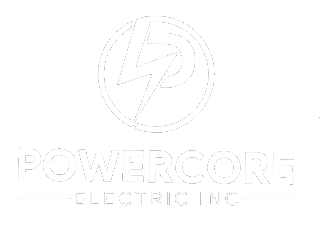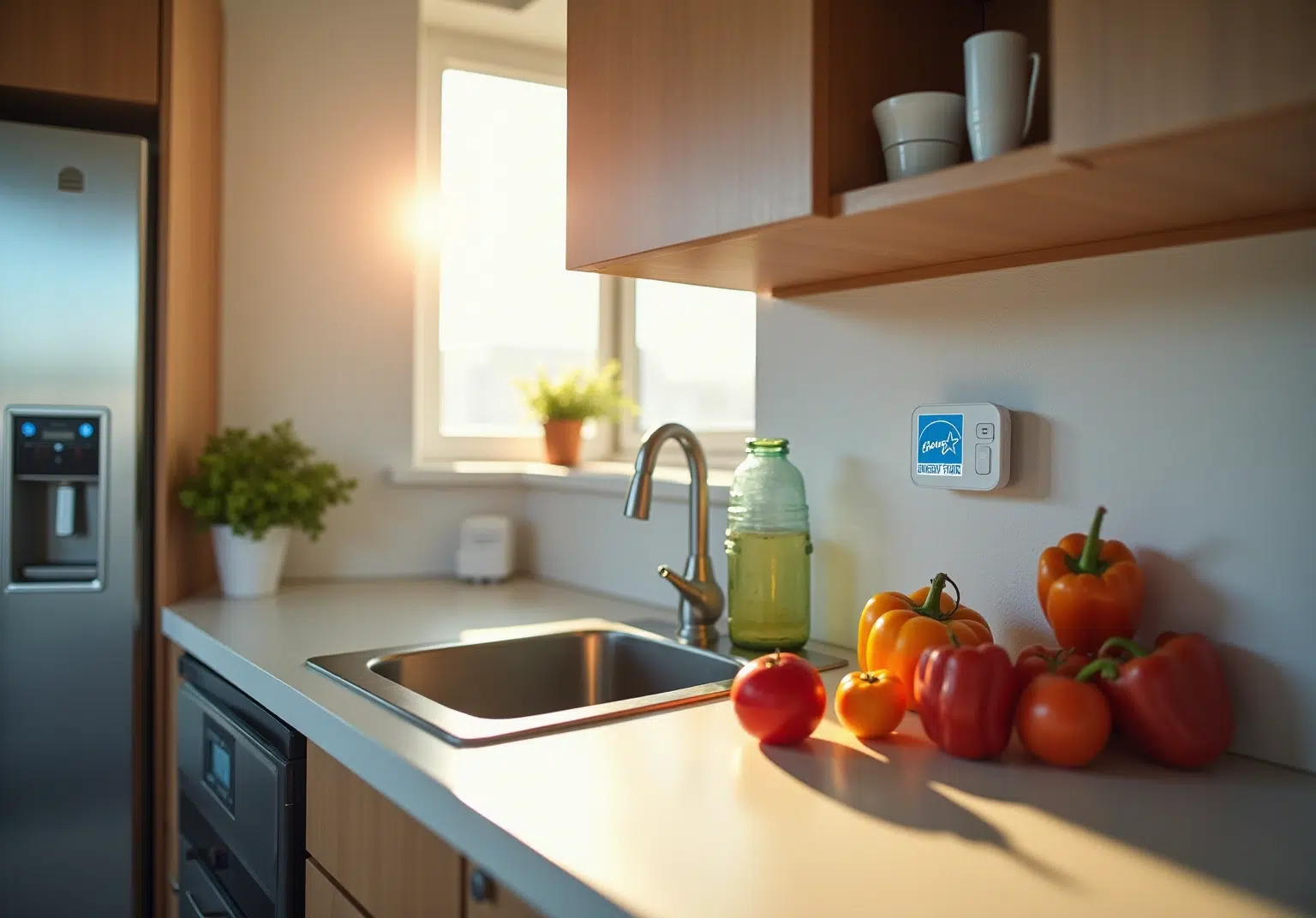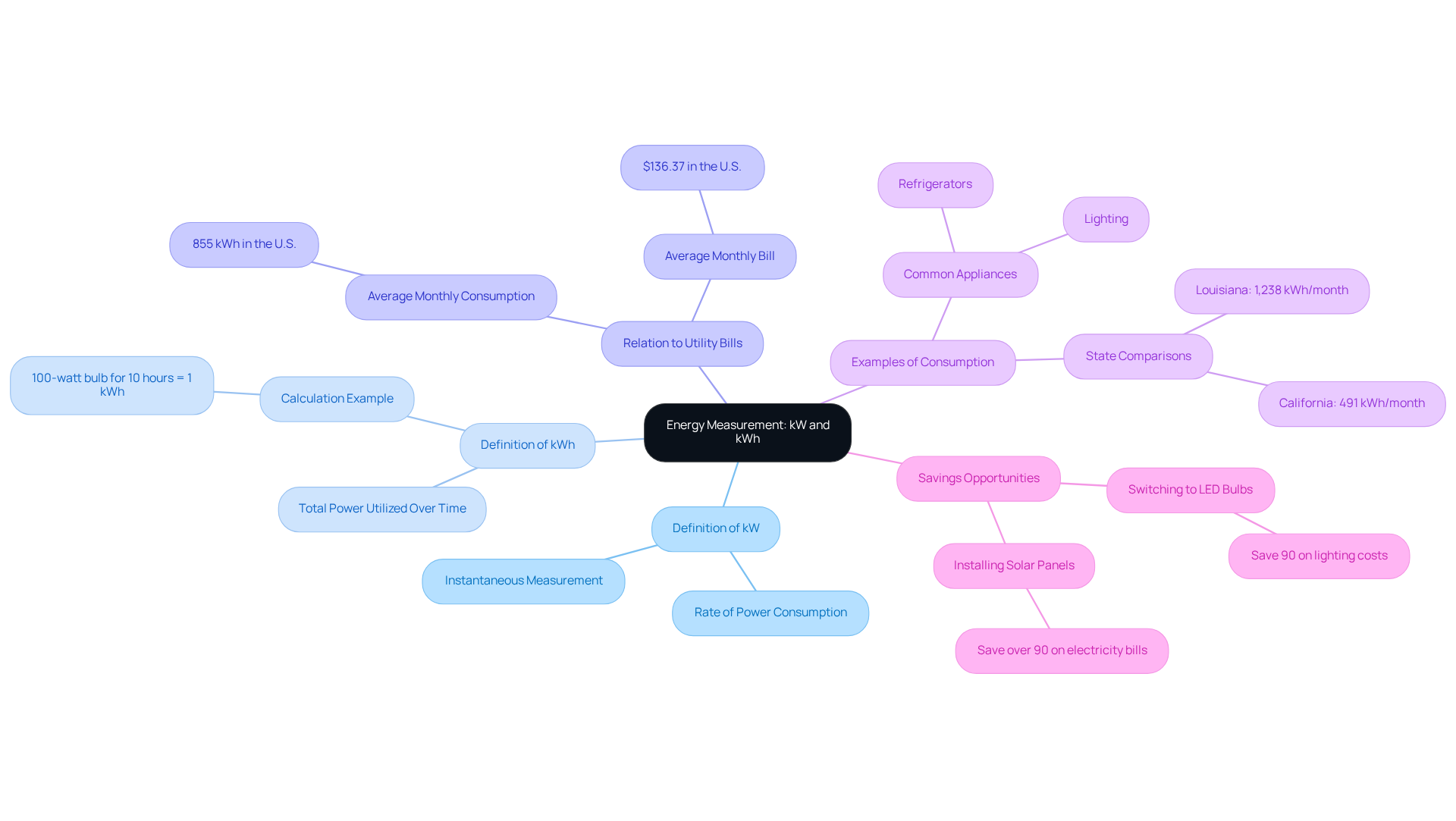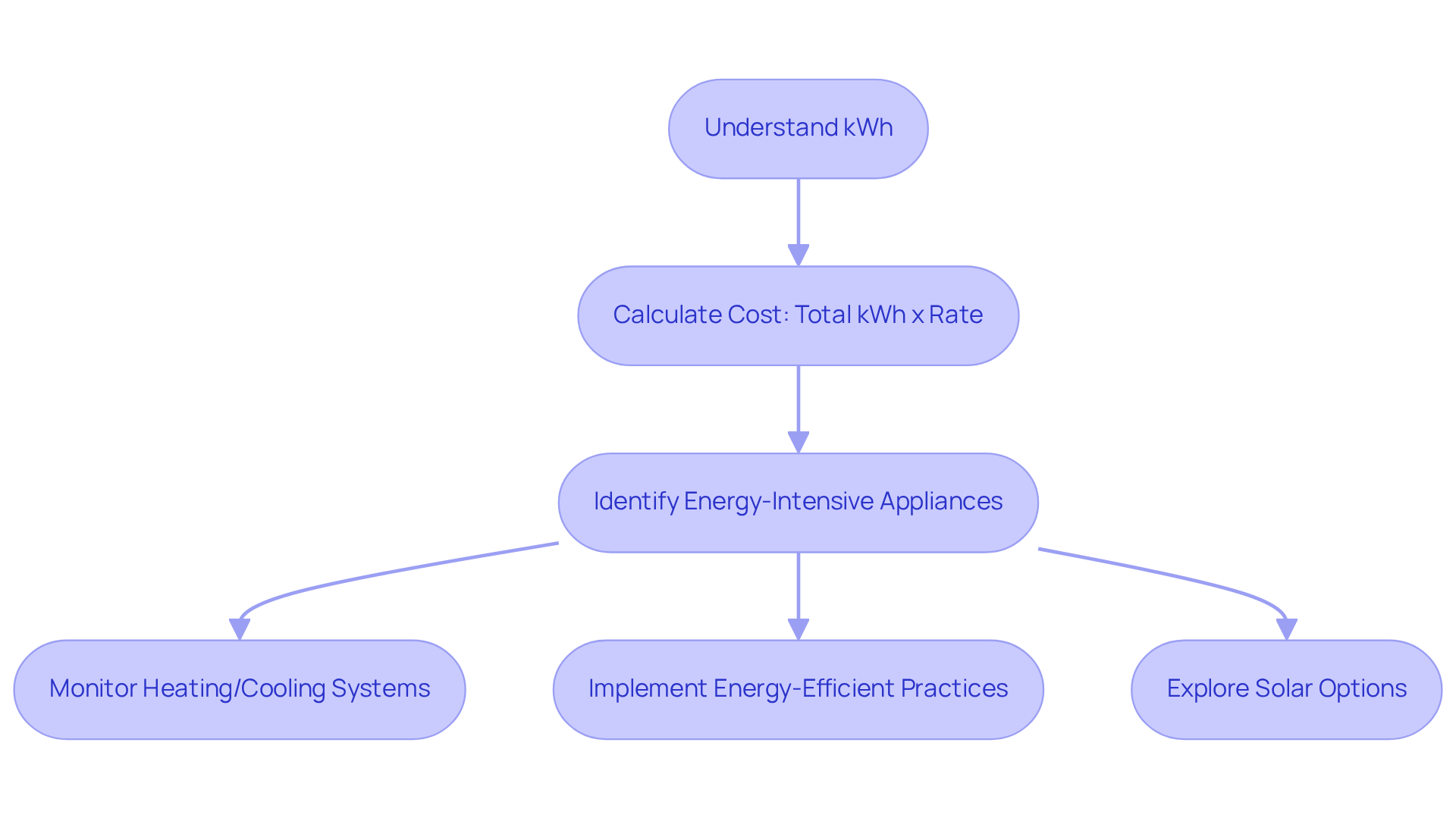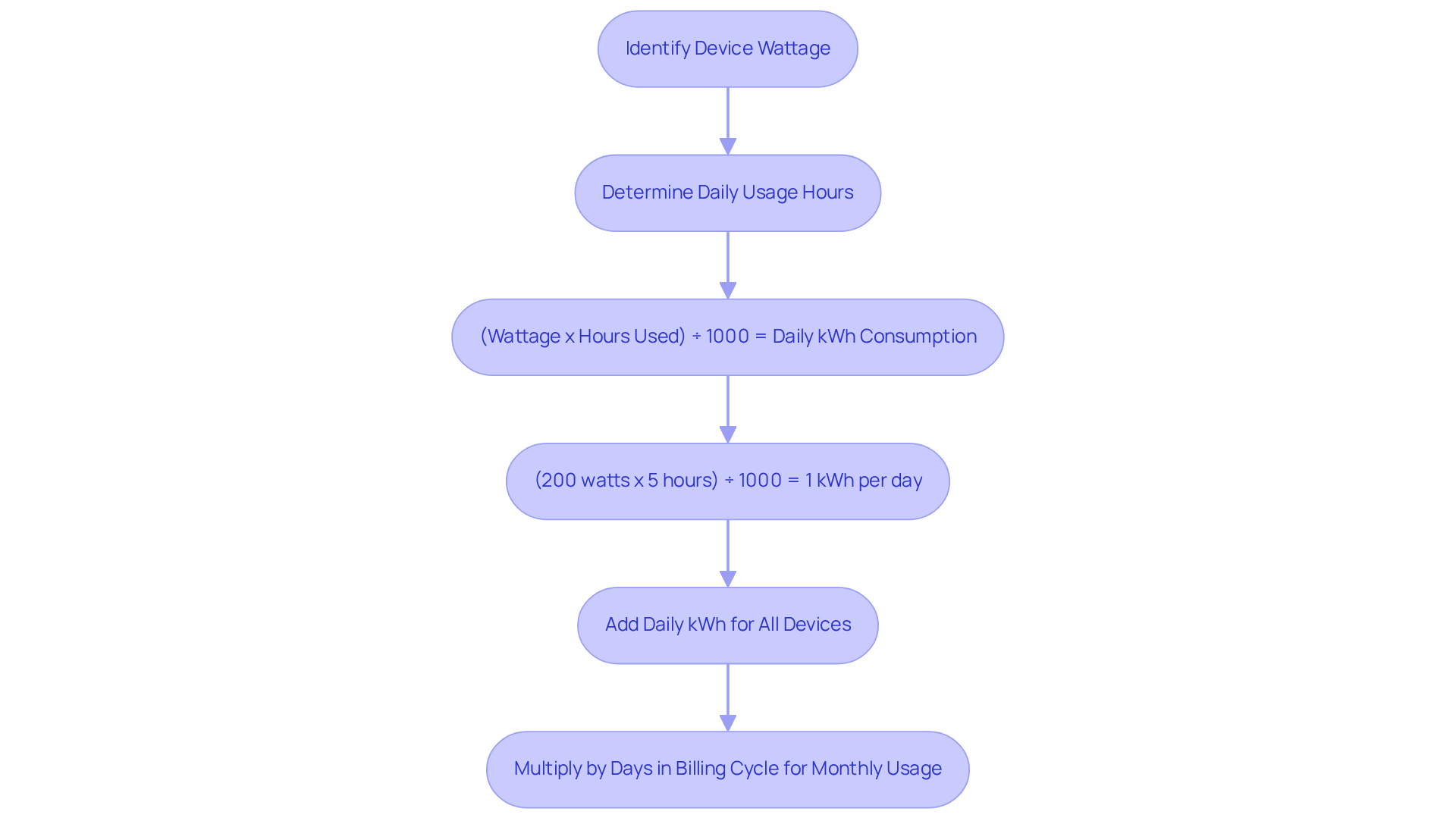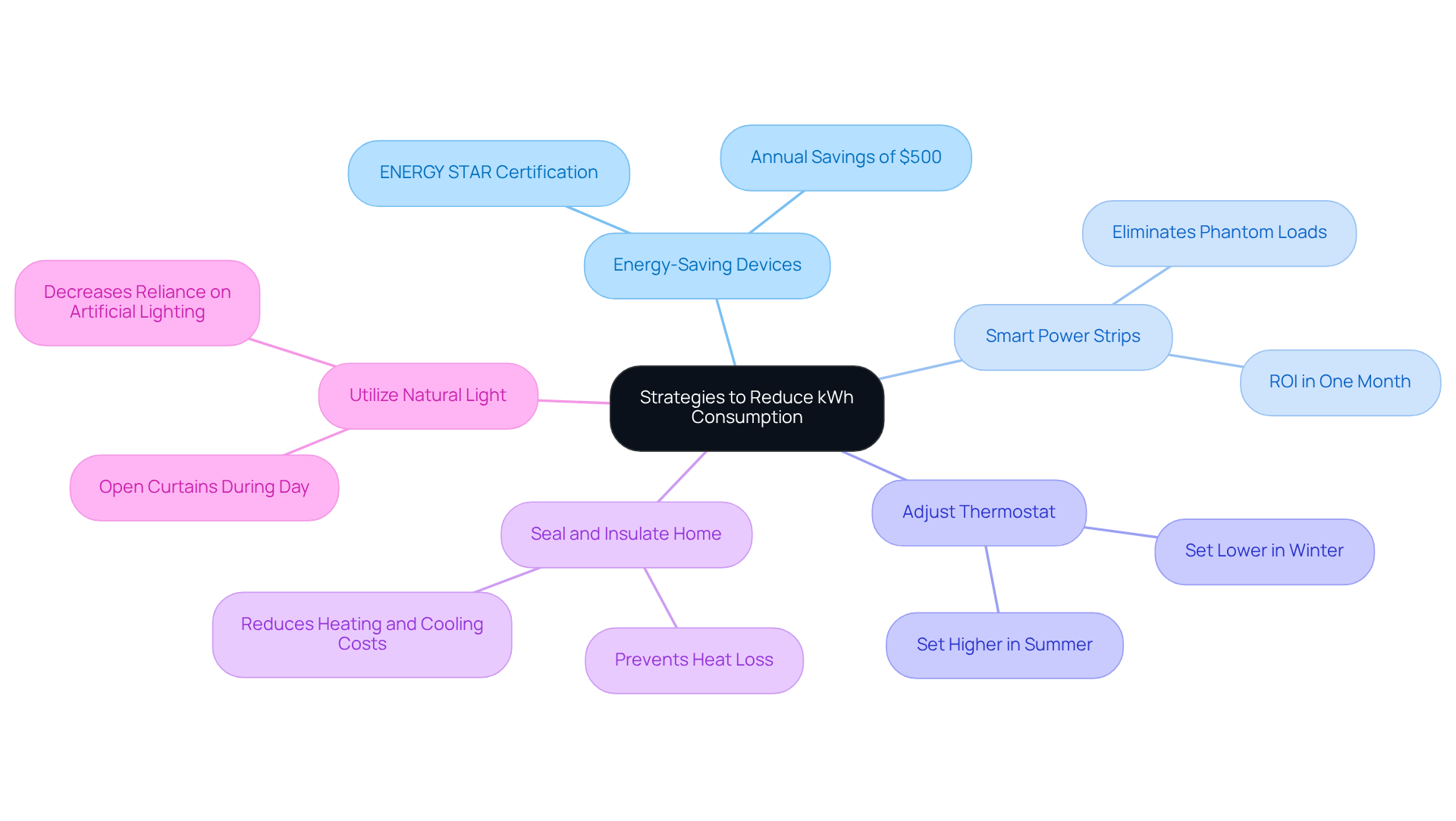Overview
This article speaks directly to homeowners who are understandably concerned about rising energy bills. By demystifying kilowatt-hours (kWh), we aim to empower you to take control of your energy consumption and find ways to reduce those costs effectively. We differentiate between kilowatts and kilowatt-hours, ensuring clarity in understanding your energy usage.
Imagine the peace of mind that comes from knowing how to calculate your energy consumption accurately. We provide practical strategies that make this process straightforward, along with actionable tips for reducing your energy footprint.
- Upgrading to energy-efficient appliances
- Utilizing smart power strips
These are just a couple of the ways you can make a significant impact. Together, we can work towards not only saving you money but also contributing positively to our environment.
We understand that navigating energy consumption can feel overwhelming at times. However, with the right knowledge and tools, you can make informed decisions that lead to both cost savings and a sustainable future. Let’s embark on this journey towards energy independence, where every step you take is a step towards a brighter, more sustainable tomorrow.
Introduction
Understanding energy consumption is crucial for homeowners who are striving to manage their utility bills effectively. We understand that rising energy costs can be a source of stress, and that’s why kilowatt-hours (kWh) serve as a key metric in this endeavor. They represent the total energy used over time and directly influence your monthly expenses.
By delving into the nuances of kWh, you can uncover significant savings and make informed decisions about your energy usage. It’s common to feel overwhelmed with the growing array of appliances in your home, but together we can navigate the complexities of kWh to achieve a more sustainable and cost-efficient lifestyle.
Let’s explore how embracing energy independence can not only alleviate your concerns but also empower you to take control of your energy future.
Define Kilowatts and Kilowatt-Hours
We understand that managing energy bills can be a significant concern for homeowners. Kilowatts (kW) measure the rate of power consumption at any given moment, while kilowatt-hours (kWh) quantify the total power utilized over time. To put it simply, if you have a device that uses 1 kW of power and operates for one hour, it consumes 1 kWh of electricity. This distinction is crucial for understanding how to understand kWh, which relates to your utility bills and the power consumption of your home appliances. For instance, a 100-watt light bulb operating for 10 hours consumes 1 kWh of power (100 watts x 10 hours = 1000 watt-hours, or 1 kWh).
It’s common to feel overwhelmed by utility expenses, but knowing how to understand kWh can empower you to take control. With the average American home consuming about 855 kWh monthly, leading to an average electricity bill of $136.37, learning to calculate and monitor your usage can lead to substantial savings. For example, if you replace a standard 100-watt bulb with an energy-saving LED bulb that only uses 10 watts, you could save roughly 90% on your lighting costs. As Dan Simms wisely notes, “You can save over 90% on your electricity bills when you install solar panels.” This knowledge enables homeowners like you to learn how to understand kWh, allowing you to make informed choices about your power usage and invest in sustainable practices that benefit both your wallet and the environment.
Together, we can explore these options and work towards a more energy-efficient home. By taking small steps today, you can pave the way for a brighter, more sustainable future.
Understand kWh Impact on Your Electric Bill
We understand that learning how to understand kWh can help alleviate concerns regarding your electric bill, especially as it reflects the total kilowatt-hours consumed during your billing period. To help you manage this, it’s helpful to know how to understand kWh and how to calculate the cost: simply multiply the total kWh used by your utility provider’s average rate, which in California can be around $0.30 per kWh. For instance, if you consume 800 kWh in a month, your bill would amount to $240 (800 kWh x $0.30). This knowledge is crucial as it empowers you to learn how to understand kWh, identify which appliances are the most energy-intensive, and how your usage habits impact your overall expenses.
It’s common to feel overwhelmed by the thought of rising energy costs, but being attentive to your heating and cooling systems can lead to significant savings. These systems frequently account for a substantial share of energy use, and by monitoring their operation, you can make informed decisions that benefit both your wallet and the environment. Did you know that the average electricity usage per household in California is approximately 729 kWh per month? This benchmark can help you gauge your consumption and identify potential areas for improvement.
Homeowners who actively monitor their kWh usage often learn how to understand kWh better and report reductions in their electric bills by implementing energy-efficient practices. Simple actions, such as using programmable thermostats and upgrading to Energy Star-rated appliances, can make a noticeable difference in your energy expenses. Moreover, exploring solar power options can greatly enhance your energy independence and lower your electricity costs.
Together, we can navigate how to understand kWh usage and billing to take proactive steps towards managing your energy costs effectively. Let’s work towards a more sustainable future, where you can enjoy the benefits of energy efficiency and autonomy in your home.
Calculate Your Home’s kWh Usage
We understand that managing your home’s energy consumption can feel overwhelming, especially when it comes to those monthly bills. To help you take control, let’s explore how to understand kWh and calculate your home’s usage with ease.
Start by identifying the wattage of each device, which is typically found on its label. Next, determine how many hours each device is used daily. You can use this simple formula:
- (Wattage x Hours Used) ÷ 1000 = Daily kWh Consumption, which demonstrates how to understand kWh.
For instance, if you have a 200-watt television that you watch for 5 hours a day, you would calculate it as
- (200 watts x 5 hours) ÷ 1000 = 1 kWh per day.
Similarly, an ENERGY STAR® certified refrigerator consumes about 1.2 kWh per day, while an electric kettle uses approximately 1.8 kWh if used for an hour.
By adding the daily kWh for all your devices, you can learn how to understand kWh and determine your total daily usage. Then, multiply that by the number of days in your billing cycle to estimate your monthly usage.
In California, typical households consume about 20-25 kWh per day, with medium households (3-4 people) using around 25-30 kWh daily. Monitoring your device wattage and usage can greatly assist in controlling utility expenses and improving efficiency.
You might find it helpful to use recent devices, like Kill-A-Watt meters and true RMS digital multimeters, which can assist you in measuring real power usage. These tools offer valuable insights into your usage patterns and potential savings.
Furthermore, upgrading to ENERGY STAR® devices can significantly reduce power use, making it a worthwhile investment for environmentally conscious homeowners. Together, we can work towards a more efficient and sustainable home.
Implement Strategies to Reduce kWh Consumption
To effectively reduce your kWh consumption, it’s important for homeowners to learn how to understand kWh and find practical solutions to lower their energy bills. Here are some compassionate strategies you can implement:
-
Enhance to Energy-Saving Devices: By choosing ENERGY STAR-certified devices, you can make a significant impact on your energy usage. These appliances are designed to use considerably less power, and households that upgrade can save approximately $500 each year on utility bills. This aligns with Powercore Electric’s mission to support homeowners in cutting costs while promoting a sustainable lifestyle.
-
Use Smart Power Strips: Have you ever thought about the energy consumed by electronics when they are turned off but still plugged in? Smart power strips can eliminate these phantom loads, which studies show account for 75% of electricity used by electronics. By identifying when devices are in standby mode, these innovative devices can help reduce power consumption, leading to significant savings. Many households with high power usage from electronics can see a complete return on investment in electric bill savings in as little as one month after installation.
-
Adjust Your Thermostat: It’s common to feel like adjusting your thermostat is a small change, but setting it a few degrees higher in summer and lower in winter can lead to noticeable reductions in heating and cooling costs over time. This simple adjustment can help you understand how to understand kWh and significantly lower your power consumption.
-
Seal and Insulate Your Home: Proper insulation is essential for preventing heat loss during winter and keeping your home cooler in summer. This not only enhances comfort but also reduces the need for heating and air conditioning, ultimately leading to lower utility costs.
-
Utilize Natural Light: Embrace the beauty of natural light by opening your curtains during the day. This simple act decreases reliance on artificial lighting, which can represent a substantial part of your power usage.
By applying these strategies, together we can attain notable decreases in resource usage and expenses, contributing to a more sustainable lifestyle. As Scott Minos from the Office of Energy Efficiency and Renewable Energy wisely states, “Installing a smart power strip (or, advanced power strip) in your home is a quick and easy way to start saving money while making your household a little more energy efficient.” Additionally, consider utilizing resources like the infographic from the National Renewable Energy Laboratory (NREL) to choose the right advanced power strip based on your habits. Let’s work towards a more energy-efficient future together.
Conclusion
Understanding kilowatt-hours (kWh) is essential for homeowners who are concerned about managing their energy consumption effectively. We understand that grappling with electricity usage and costs can be overwhelming. By grasping the difference between kilowatts and kilowatt-hours, individuals can gain valuable insight into their electricity usage. This knowledge empowers homeowners to make informed decisions that not only reduce their utility bills but also promote eco-friendly practices.
Throughout the article, we explored key strategies for understanding and managing kWh usage. These include:
- Calculating daily consumption based on device wattage
- Implementing energy-efficient appliances
- Utilizing smart power strips
- Making simple adjustments to thermostats
Each of these actions contributes to a clearer understanding of energy costs and paves the way for significant savings. Together, we can take meaningful steps towards a more sustainable lifestyle.
Ultimately, taking control of kWh usage is not just about reducing expenses; it’s about fostering a sustainable lifestyle that benefits both the environment and personal finances. It’s common to feel uncertain about where to start, but by actively engaging in energy-saving practices, homeowners can create a positive impact on their communities while enjoying the financial rewards of a more efficient home. Embracing these strategies today can lead to a brighter, more sustainable future for all. Let’s work towards this together, ensuring that each step we take brings us closer to energy independence and a healthier planet.

